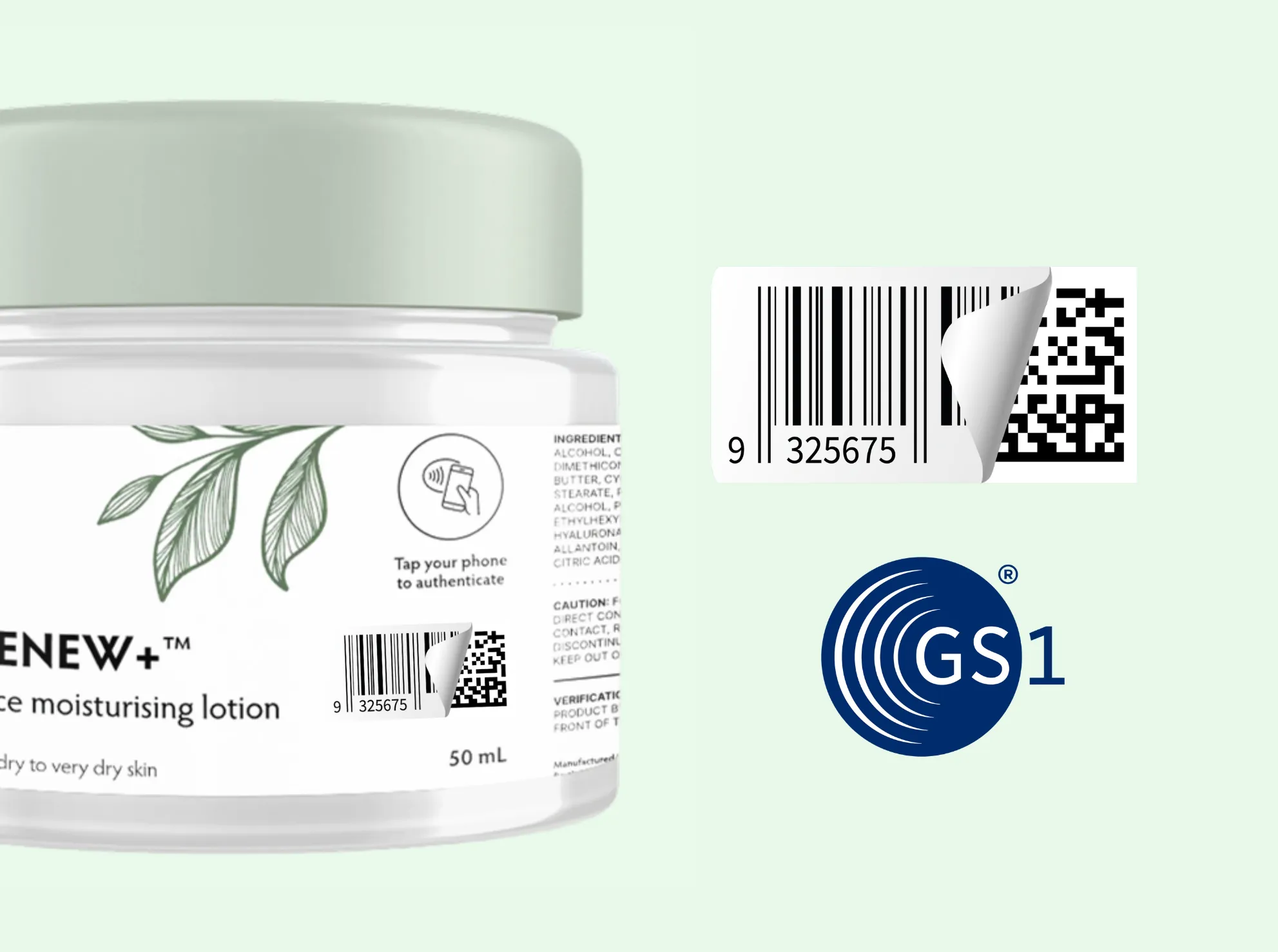The Future is Scannable

Sunrise 2027: A New Dawn for Barcodes
For decades, the familiar 1D barcode has been a reliable workhorse at the retail point-of-sale (POS). However, its capacity is limited, holding only basic product identification. To meet the growing demand for more information from consumers, regulators, and businesses, the industry is transitioning to 2D barcodes, a move championed by the GS1 organization's "Sunrise 2027" initiative.
The goal of Sunrise 2027 is to have all retail POS systems capable of scanning 2D barcodes, such as QR codes and GS1 DataMatrix codes, by the end of 2027. This doesn't mean the end of the traditional barcode just yet. During the transition period, both 1D and 2D barcodes will coexist on packaging.
The move to 2D barcodes offers a wealth of benefits:
- Enhanced Consumer Engagement: With a simple smartphone scan, consumers can access a wide range of information, including detailed ingredient and nutritional data, certifications, recycling instructions, and even promotional offers.
- Improved Supply Chain Efficiency: 2D barcodes can store significantly more data, including batch and lot numbers, and expiration dates. This allows for better inventory management, more precise product recalls, and increased supply chain visibility.
- Greater Brand Trust: By providing more transparency about a product's journey and attributes, brands can build stronger relationships with their customers.
FSMA 204: A New Era of Food Traceability
The U.S. Food and Drug Administration's (FDA) FSMA Rule 204 is a significant step towards a more traceable food system. This rule establishes stricter record-keeping requirements for certain foods on the Food Traceability List (FTL), which includes items like fresh fruits and vegetables, soft cheeses, shell eggs, and some seafood. The compliance deadline for businesses is January 20, 2026.
The core of FSMA 204 is the requirement to maintain records of Key Data Elements (KDEs) at Critical Tracking Events (CTEs) in the supply chain. These events include harvesting, cooling, shipping, and receiving. This "farm-to-fork" traceability is designed to help the FDA quickly identify and respond to foodborne illness outbreaks.
How 2D Barcodes Power FSMA 204 Compliance
The transition to 2D barcodes aligns perfectly with the requirements of FSMA 204. While 1D barcodes are limited to about 20-25 characters, 2D barcodes can hold up to 2,000 characters, making them ideal for storing the extensive data required by the new rule.
By using 2D barcodes, companies can:
- Efficiently Track Products: Easily manage batch numbers, expiration dates, and other critical product details required for FSMA 204.
- Enhance Data Accuracy: Reduce the risk of manual data entry errors by capturing information through a simple scan.
- Improve Recall Management: Quickly identify the origin and movement of a recalled product, minimizing its impact.
The move to 2D barcodes is more than just a technological upgrade; it's a fundamental shift in how product information is shared and utilized. As the Sunrise 2027 deadline approaches and FSMA 204 compliance becomes mandatory, businesses that embrace this change will be better positioned to meet regulatory requirements, enhance consumer trust, and build a more resilient and transparent supply chain.
Sources



